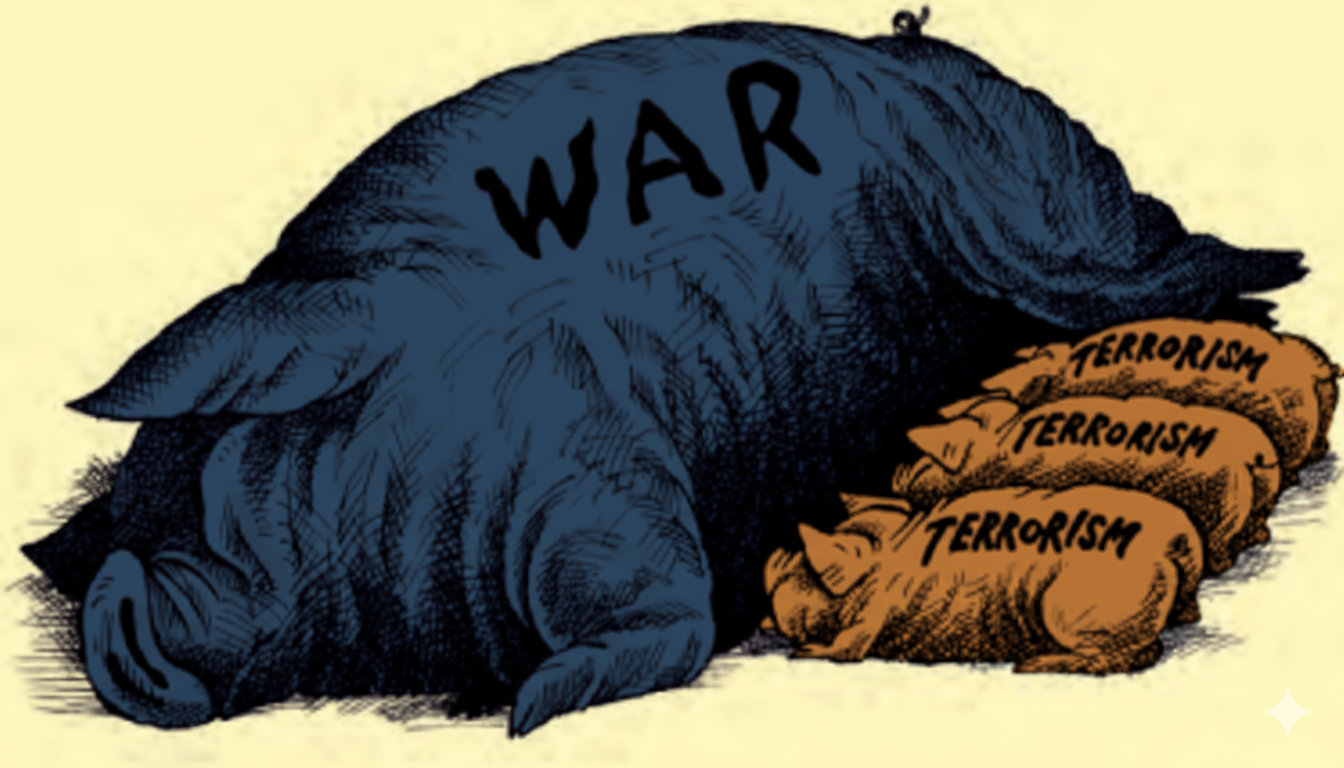Stepwise Answers & Important Questions for Security in the Contemporary World
FAQs on NCERT Solutions For Class 12 Political Science Chapter 5 Security In The Contemporary World - 2025-26
1. What is Security in the Contemporary World in Class 12 Political Science?
The chapter Security in the Contemporary World in Class 12 Political Science explores how nations and global organisations address security threats in today's era. Key aspects include:
- Definition of security: both traditional (military, border threats) and non-traditional (human security, environmental concerns)
- Emerging challenges: terrorism, nuclear threat, cyber security, climate change
- Approaches and measures: disarmament, confidence-building, cooperation, and role of international organisations like the United Nations
- Understanding of national, regional, and global security dynamics
2. How can I write stepwise NCERT answers to score full marks in Security in the Contemporary World?
To score full marks, structure your answers according to CBSE guidelines. Follow these steps:
- Begin with a clear definition or introduction of the key concept/question
- Address each part of the question in sequence, using headings or bullet points where applicable
- Integrate key terms (e.g., traditional security, collective security, environmental threats)
- Support answers with relevant examples or case studies
- Conclude with a summary or implication statement
- Underline keywords and maintain neatness for better presentation
3. What are the most important topics from Chapter 5 Security in the Contemporary World for CBSE exams?
Key topics frequently asked in CBSE exams from Security in the Contemporary World include:
- Types of Security: Traditional vs. non-traditional security
- Concepts of collective security and disarmament
- Major threats to security: terrorism, environmental challenges, weapons of mass destruction
- Role of international organisations like the UN and WTO
- Case studies on conflict and cooperation among nations
4. Do I need to include diagrams or maps in every answer for Class 12 Political Science Chapter 5?
Diagrams or maps are not mandatory in every answer, but they can help you earn extra marks:
- Use simple maps or flowcharts when explaining data or processes
- Label diagrams clearly and follow exam conventions
- Include them especially for questions on global threats, alliances, or international institutions
5. Where can I download the NCERT Solutions PDF for Class 12 Political Science Chapter 5 Security in the Contemporary World?
You can download free, exam-aligned NCERT Solutions PDF for Chapter 5 Security in the Contemporary World from trusted educational websites. The PDFs offer:
- Stepwise exercise-wise solutions
- Revision-friendly formats and key concepts
- Expert-reviewed and CBSE syllabus-based answers
6. Are NCERT Solutions enough for Class 12 Political Science exams?
NCERT Solutions form the foundation for CBSE board exam preparation. For maximum marks:
- Revise NCERT textbook and complete all exercise/back question answers
- Practice previous year papers and sample questions
- Refer to exemplar questions or extra reading for deeper understanding
7. How should I structure long answers for full marks in Security in the Contemporary World?
To write high-scoring long answers in Chapter 5:
- Start with a clear introduction and definition
- Use subheadings or bullet points for main points
- Include examples, data, or case studies as support
- Underline important terms (CBSE keyword marking)
- Conclude with a relevant summary or implication
8. What are traditional and non-traditional notions of security?
In Political Science, security is divided into:
- Traditional security: Focuses on threats from military attacks, border disputes, and use of armed force. Examples: wars, arms race.
- Non-traditional security: Involves threats beyond military, such as terrorism, cyber attacks, environmental issues, and pandemics. Examples: climate change, human security, cyber crime.
9. How can I quickly revise Chapter 5 Security in the Contemporary World before exams?
For fast revision of Class 12 Political Science Chapter 5:
- Read chapter summaries and key definitions
- Practice solved NCERT Solutions and main exercise questions
- Review flash notes and key points for topics like traditional vs non-traditional security, disarmament, threats to peace
- Attempt sample papers for time management
10. What are common mistakes to avoid in Security in the Contemporary World answers?
Avoiding common mistakes can help you score higher:
- Do not write generic or unrelated points; stay focused on the question asked
- Define all key terms and use examples where required
- Avoid skipping steps or leaving answers incomplete
- Do not neglect diagrams, maps, or flowcharts when asked
- Always review CBSE marking scheme and follow answer formats
























